29 Jul 2020
Interview
JAAKKO PALLASVUO: FICTIONAL SPACE
Due to the travel restrictions and the overall uncertainty caused by the coronavirus pandemic, the international residencies for the summer season at HIAP were postponed. Instead, art practitioners living and working in Finland were invited to apply for a residency on Suomenlinna in June–August 2020. One of the selected artists is artist and writer Jaakko Pallasvuo, who is currently living and working in HIAP’s Suomenlinna studios, observing the familiar island in a new light.
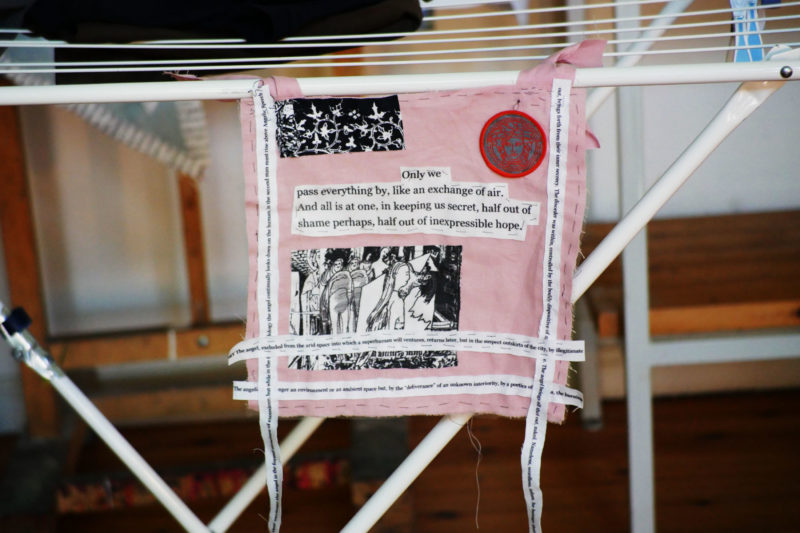
AA: For the past months, we have all been forced to work from within the limitations of our own homes. Has the situation been challenging for you? Has the HIAP residency and relocation to Suomenlinna proven useful for your creative process so far?
JP: It’s been a strange year. It feels like a decade has passed since January. I’ve had some weeks of being extremely focused and capable, and strangely relieved by not having to go anywhere or see anyone. But I’ve also had several weeks of scrolling twitter or playing Zelda or walking around in a worried daze. It feels difficult to imagine what will happen, or to plan for the future in any meaningful way. I guess being forced to live in the present moment only can be somewhat liberating while also being a sad state.
It’s been interesting to be on the island. I found it very moving in the beginning, when it was still nearly completely empty of tourists. It also felt amazing to see different landscapes and be in different rooms after such a long time of fixed social distancing routines.
Now the island has become more bizarre, as there are more visitors and my working here and being sort of isolated is placed in a sharp contrast with this chaotic unfocused tourist energy, like people having fun in an abrasive way in large numbers.
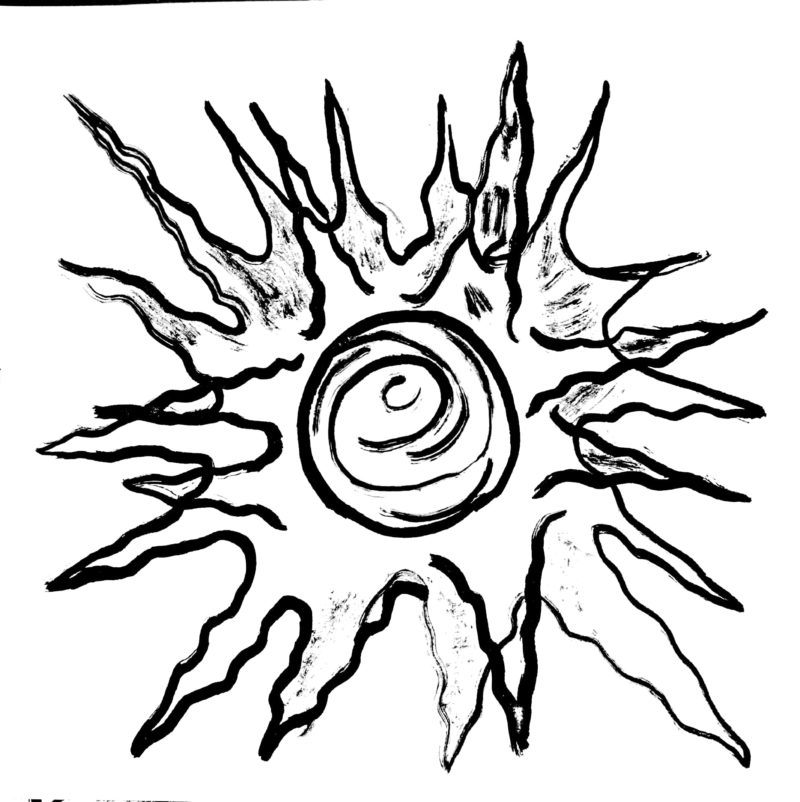
It’s been interesting to observe the relations between the different birds on the island, and their fraught relations to the tourists, and the tourists’ relation to the permanent residents, and the military base, etc. Also it’s interesting to think of the relationship between the haunted nature of this place (fortress, prison camp) with its current function as a family day trip destination and party zone.
The role of the resident artist can often feel quite artificial and confusing, but I’m glad that this time I’m in a residency in a place that I have some kind of pre-existing relationship to, but can still discover in a more profound way. I don’t know if this will have an effect on the work that I’m making or not.
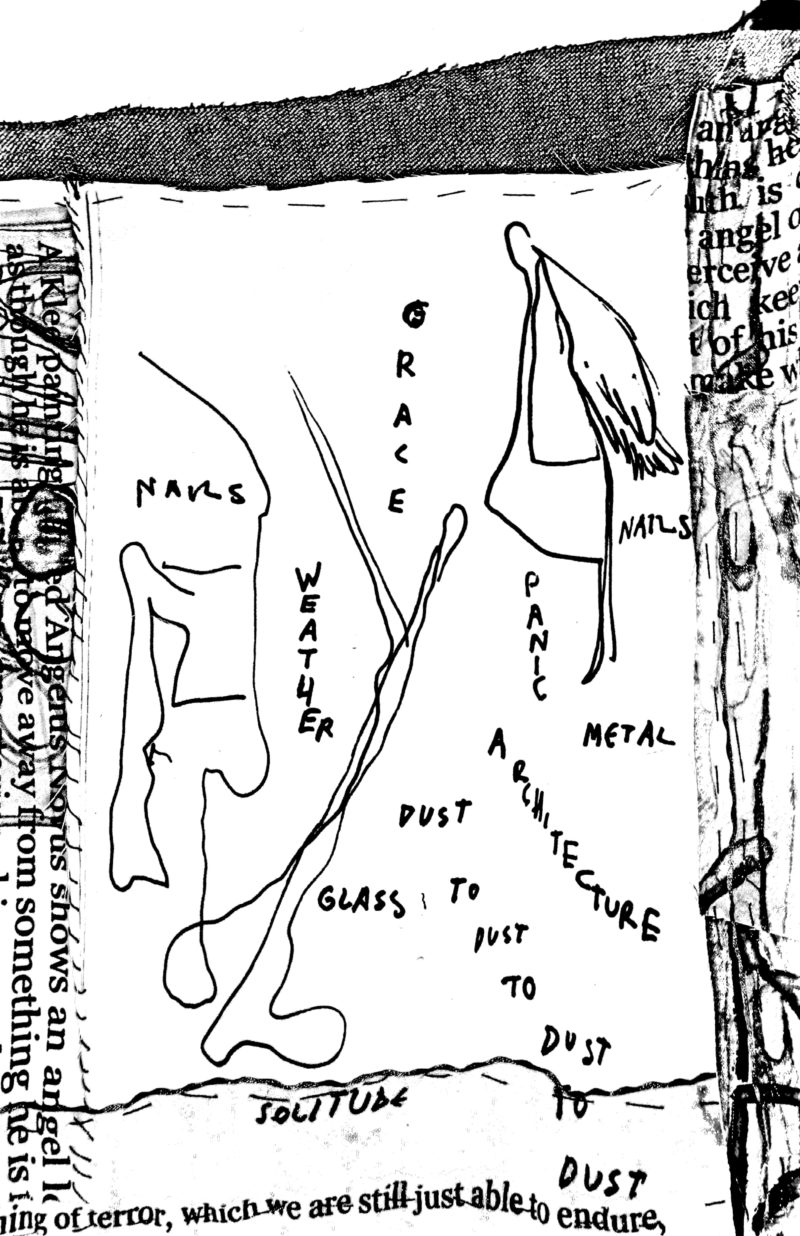
AA: You are currently studying writing at the Theatre Academy of the University of the Arts Helsinki. How does an interest in narratives, storytelling, even fiction complement your visual work?
JP: When I was younger I guess I wanted to be a visual artist because I had so many reservations about language, maybe specifically the way in which words/concepts categorise the world in a blunt way (like referring to a specific, particular animal as a ‘cat’ doesn’t really describe it, but just places it in the category with other animals that share certain features with it, while an image of the specific animal might reveal something more about its character).
I feel like this categorisation has extended far into contemporary art though, and it doesn’t seem possible to encounter an image without it having been somehow pre-thought, pre-worded in an institutional context or on a social media platform, or whatever.
Images have been devalued, whatever autonomy they maybe at some point had seems to have flattened out, maybe because of the heightened interest in the contextualisation and curation that seems to operate in a way that tries to anticipate every gesture, every development.
I’m not sure if I see writing as complementary to my work, or if it’s something that’s more like the center of my practice, a kind of engine that generates activity. I find writing fairly difficult, and sometimes very unintuitive, which is probably what has sustained it for me.(I feel like with image-making I struggle more with finding it difficult enough for it to remain interesting, or, I don’t know how to access the difficulty of it.)
I think of my work as fictional, whatever that means, and I think of the space of fiction as one of the last spaces from which I can, or want to, participate in public conversations about the world.
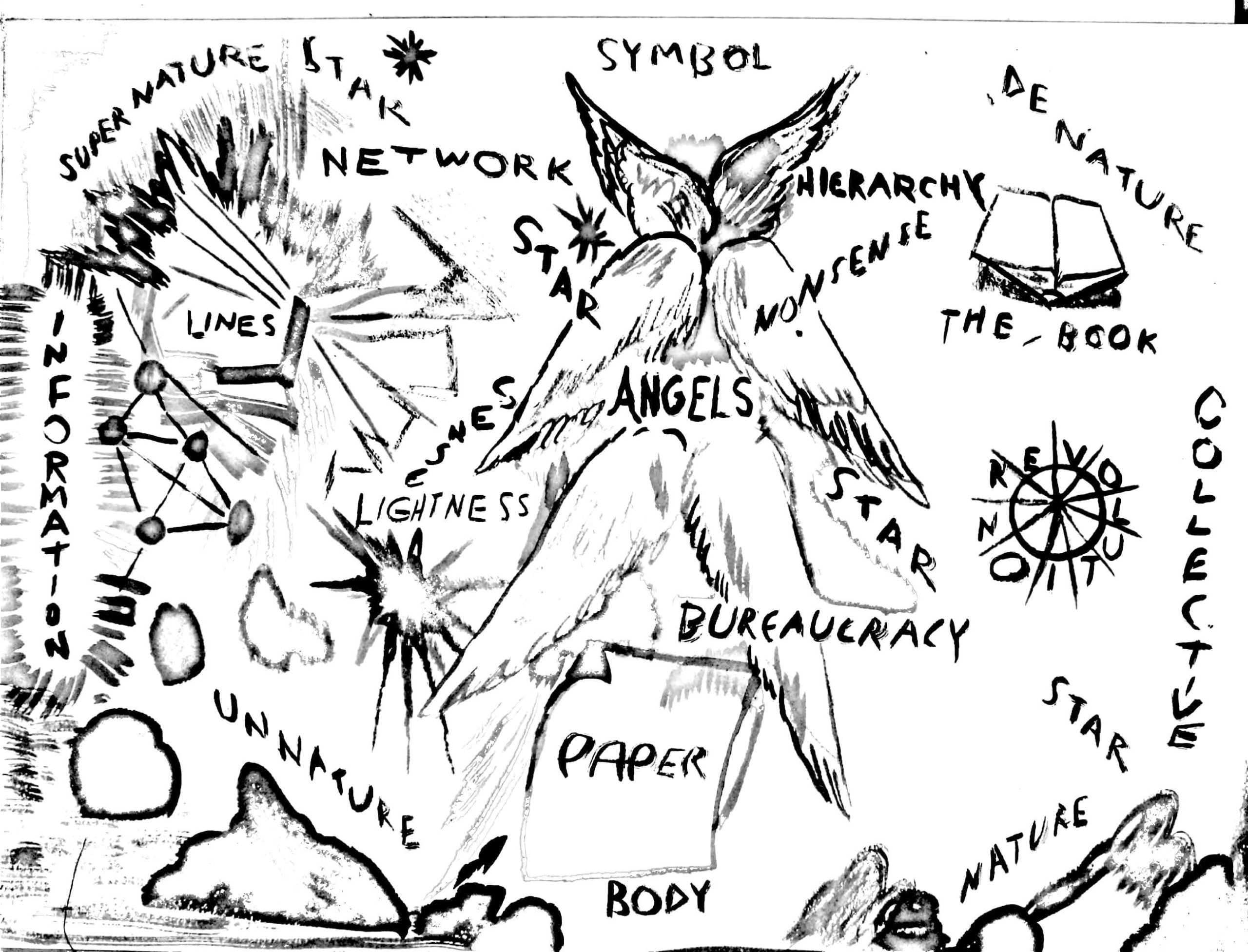
AA: What do you consider to be the function and limits of autobiography in your work? How does this weaving of the subjective into the more political define your use of media – comics, ceramics, painting, film?
JP: I see the interest in autobiography more as a certain lens through which the work is seen, rather than a feature of the work.
I want to imagine things and make observations about the world. I make art objects to preserve these things, so I don’t have to remember them.
For me it’s not important if these artworks are rooted in the events of my life or in me as some kind of ‘authentic’ subject.
I guess one reason to make artworks is precisely to spare people from having to encounter me. I see the appeal of art in the possibility of escaping the personal: of giving a voice to something other in oneself, something that escapes individuality and the identifiable.
I feel like the space for this escape is constantly narrowing, as contemporary art seems more invested in big/entertaining/problematic personalities than in works of art. But since curators have maybe become the primary vessels of personality in the art system, I feel less obliged to keep pretending I have one.
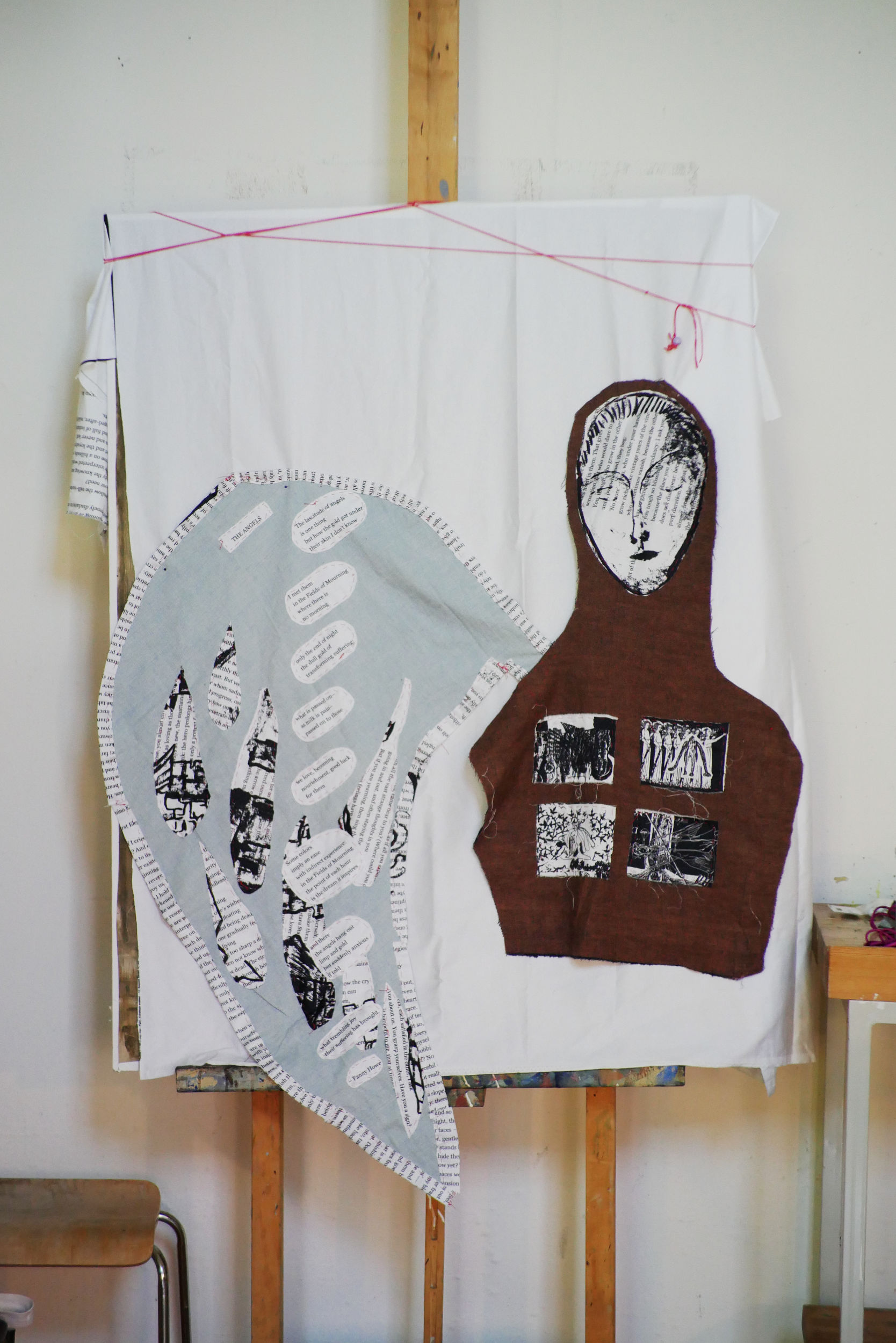
AA: When I read or look at your work, I can relate to the kind of sincere and unpretentious exhaustion, fatigue and anxiety that comes through. Do you feel there is confidence in putting yourself out there the way you do?
JP: I’m interested in these feelings as common ground, I guess one could say as public feeling, something that this historical moment is generating in large groups of people. Maybe this is kind of an unformed political thought.
I don’t see my work as being about me specifically, so I guess this question of confidence has not occurred to me. Sometimes I feel like everything I’ve made is cringe and I want to take it all offline, and maybe that will happen someday, but for now the work is protected by this distance I see between it and myself, protected by it being fiction. Even if the concept of fiction isn’t fully operational in art / even if the dominant mode of reading is one that looks for the factual or isn’t satisfied with the truth of fiction.
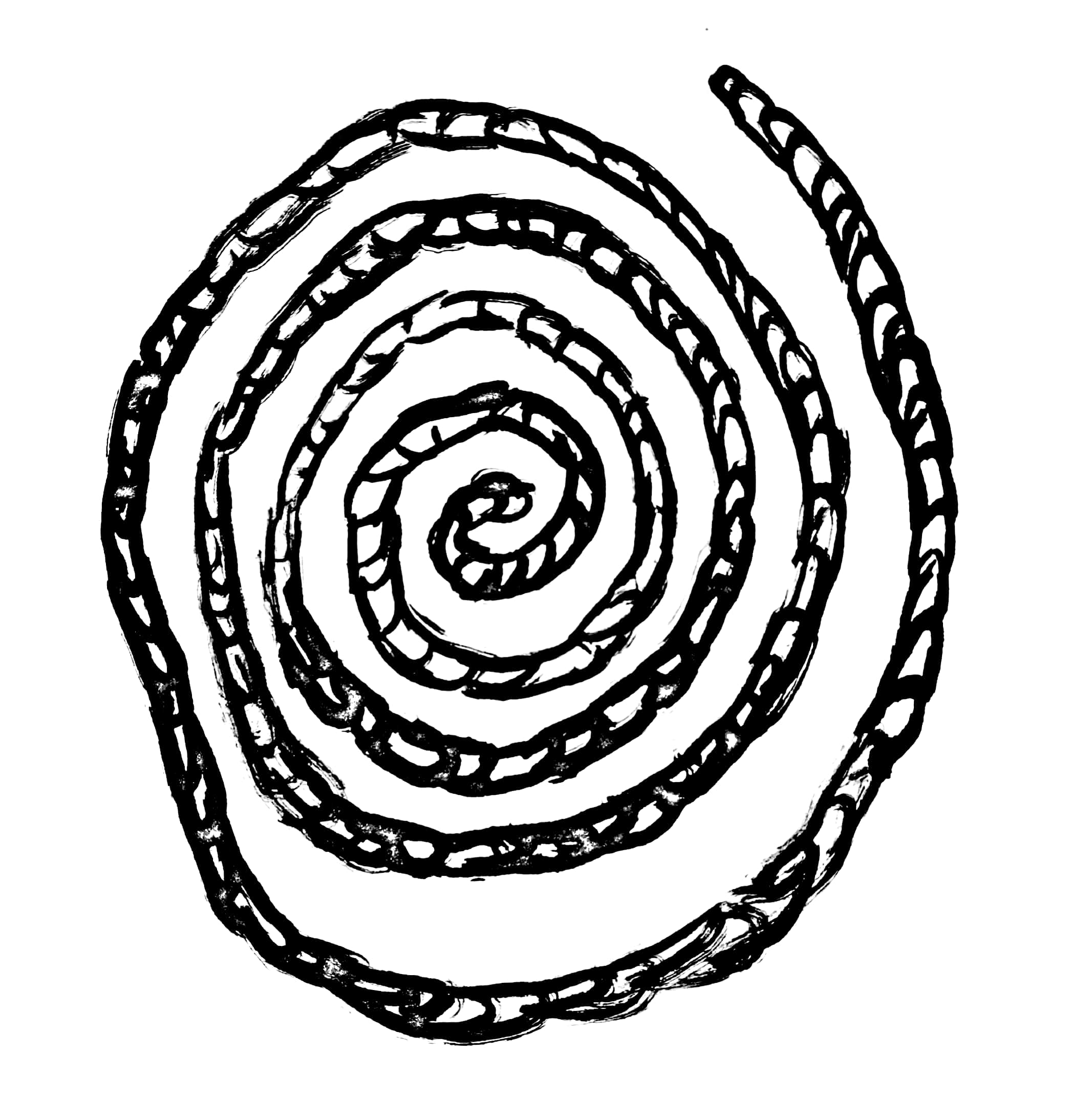
Photos of current work provided by the artist.
More:
Current work/collaboration:
Jaakko Pallasvuo & Viktor Timofeev
ACAB Mindstorm Online , 2020
Remote collaborative drawing
